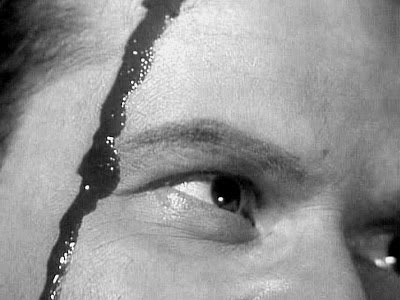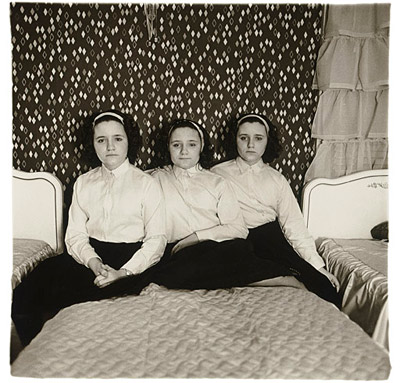Enter a ghost and hobgoblins

Albert Alexander, a 43-year-old policeman in Oxford, England, was pruning his roses one fall day when a thorn scratched him at the corner of his mouth. The slight crevice it opened allowed harmless skin bacteria to slip into his body. At first, the scratch grew pink and tender. Over the course of several weeks, it slowly swelled. The bacteria turned from harmless to vicious, proliferating through his flesh. Alexander eventually had to be admitted to Radcliffe Hospital, the bacteria spreading across his face and into his lungs.
Alexander’s doctors tried treating him with sulfa drugs, the only treatment available at the time. The medicine failed, and as the infection worsened, they had to cut out one of his eyes. The bacteria started to infiltrate his bones. Death seemed inevitable.
But then, on February 12, 1941, Alexander was injected with an experimental drug: a molecule produced by mold.
The molecule was, of course, penicillin. It had been discovered thirteen years earlier but soon abandoned because there didn’t seem to be any way to turn it into an effective drug. In the late 1930s, Howard Florey and his colleagues at the University of Oxford revived the drug and began testing it on mice. They found the penicillin could cure them of infections by killing their bacteria. Florey then gave a dose of penicillin to a woman dying of cancer and found that it wasn’t toxic to her.
Now Florey and his colleagues wanted to see if it could stop an infection in a human being. Alexander, with nothing left between him and death, was their first subject.
“Striking improvement” was how Florey described what happened next. Within a day, Alexander’s infections were subsiding. After a few more days, his fever broke and much of his face cleared up.
Florey could have saved Alexander’s life, if he hadn’t run out of penicillin after a few days. Nobody but Florey knew how to make the stuff, and his recipe only yielded a tiny amount at a time. To stretch out their supply of penicillin, a member of Florey’s lab would visit the hospital each morning to collect Alexander’s urine. He would carry it back by bicycle to the lab, where the scientists extracted the penicillin that Alexander’s body hadn’t absorbed. Alexander’s doctors then injected the recycled antibotic into Alexander’s arm. […]
Now that they can fish out the DNA of the microbiome, scientists are beginning to get a sense of the staggering diversity of microbes we harbor. Each of us is home to several thousand species. (I’m only talking about bacteria, by the way–viruses, fungi, and protozoans stack an even higher level of diversity on top of the bacterial biodiversity.) My own belly button, I’ve been reliably informed, contains at least 53 species. Many of the species I harbor are different than the ones you harbor. But if you look at the kinds of genes carried by those species, our microbiomes look very similar. […] The microbiome keeps us healthy. It breaks down some of our food into digestible molecules, it detoxifies poisons, it serves as a shield on our skin and internal linings to keep out pathogens, and it nurtures our immune systems, instructing them in the proper balance between vigilance and tolerance. It’s a dependence we’ve been evolving for 700 million years, ever since our early animal ancestors evolved bodies that bacteria could colonize.
photo { Jason Florio }




















